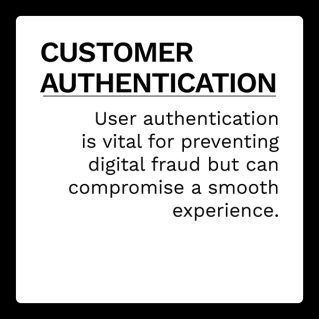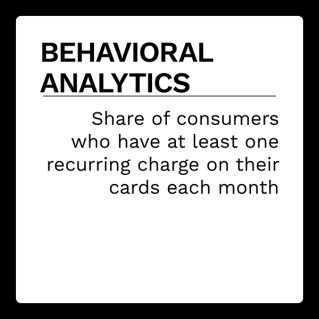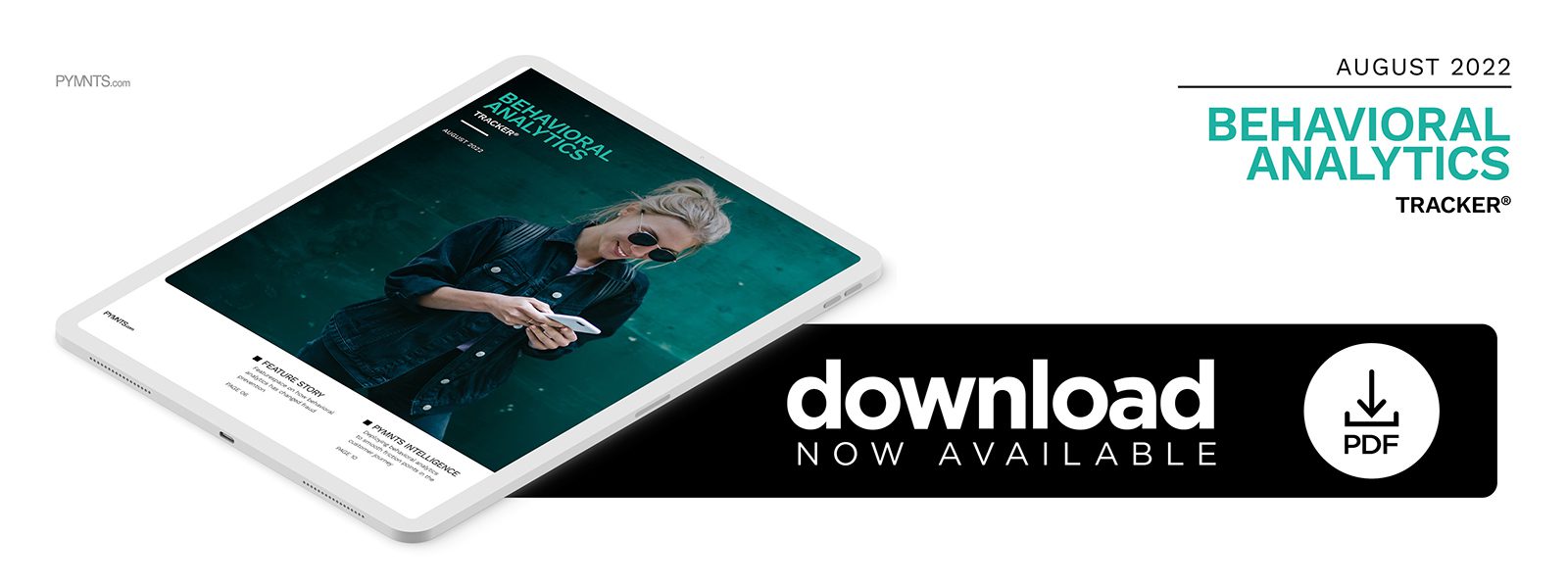Is Better Fraud and Risk Prevention Without the Annoying Lag Time Even Possible?

Customer onboarding is a crucial step in any business relationship. Its most critical task is user authentication, as unprotected onboarding represents an Achilles’ heel to fraud for any company. For legitimate customers, onboarding serves an equally crucial purpose: setting the tone for the entire customer journey. Onboarding regularly fails to check one or the other of the requisite “seamless” and “secure” boxes for authentication. PYMNTS’ research found that 55% of auto dealers, for example, said digital authentication processes take too long, and 40% of banks and credit unions said their customers had bad experiences when undergoing these processes.
Behavioral analytics offers a solution to both problems, however. This technique is imperceptible to users, making for an effortless authentication experience. The technology relies not on what customers say but on what they do to make its determinations, examining users’ digital habits to separate genuine customers from fraudsters based on their behavior. It scrutinizes factors such as typing speed and mouse movement to determine if users are who they claim to be, flagging fraudsters with a high degree of accuracy.
This edition of the “Behavioral Analytics Tracker®” takes a closer look at how companies use behavioral analytics to reduce onboarding frictions while honing their authentication security. It also explains why this imperceptible authentication method is proving to be a win-win for businesses and their customers.
Around the Behavioral Analytics Space
 Data breaches have become commonplace in the business world. A recent report found that 85% of businesses experienced a cyberbreach in the past year, with the average organization seeing 3.4 during that time. The leading cause of these breaches was weak authentication systems, with 80% of financial service organizations experiencing a breach as a direct result of this deficiency. The average annual cost of these breaches was more than $2 million, and one-third of businesses affected said they lost customers to their competitors after the breach occurred.
Data breaches have become commonplace in the business world. A recent report found that 85% of businesses experienced a cyberbreach in the past year, with the average organization seeing 3.4 during that time. The leading cause of these breaches was weak authentication systems, with 80% of financial service organizations experiencing a breach as a direct result of this deficiency. The average annual cost of these breaches was more than $2 million, and one-third of businesses affected said they lost customers to their competitors after the breach occurred.
Convenience is king for customers, as digital interactions have become so routine that consumers have a huge variety of different businesses and storefronts from which to choose. A recent survey found that 75% of consumers are likely to abandon a transaction due to an issue with the digital experience, including authentication friction. Fifty-five percent of consumers said they are unlikely to return to a site or app after this bad digital experience, and 54% said they would trust a brand less.
For more on these and other stories, visit the Tracker’s News and Trends section.
Featurespace on How Behavioral Analytics Has Changed Fraud Prevention
User authentication is critical for avoiding fraud and scams, but alert fatigue is a growing problem in which consumers anticipate getting potential fraud alerts frequently and stop taking them seriously. FIs are combatting this by placing a new emphasis on ensuring that every alert sent is an indicator that something has truly gone awry.
In this month’s Feature Story, PYMNTS talked to Roger Lester, account director at United Kingdom-based Featurespace, about how behavioral analytics enables fraud prevention without promoting alert fatigue.
Deploying Behavioral Analytics to Smooth Friction Points in the Customer Journey
At least seven data breaches have harmed the average American since 2004, and there have been more than 2.3 billion account compromises in the country over the same period. Many of the existing measures designed to fight digital fraud ultimately end up doing more harm than good, however, with consumers continually frustrated by obtrusive identity checks, verification interfaces and other authentication measures.
This month’s PYMNTS Intelligence examines common friction points in the customer journey and how behavioral analytics can identify and adjust them while providing robust security.
About the Tracker
The “Behavioral Analytics Tracker®” delves deep into how behavioral analytics can improve the customer experience without compromising cybersecurity. It also examines how behavioral analytics can reduce false positives and improve transaction transparency, allowing companies to improve customer trust and prevent transaction abandonment.
